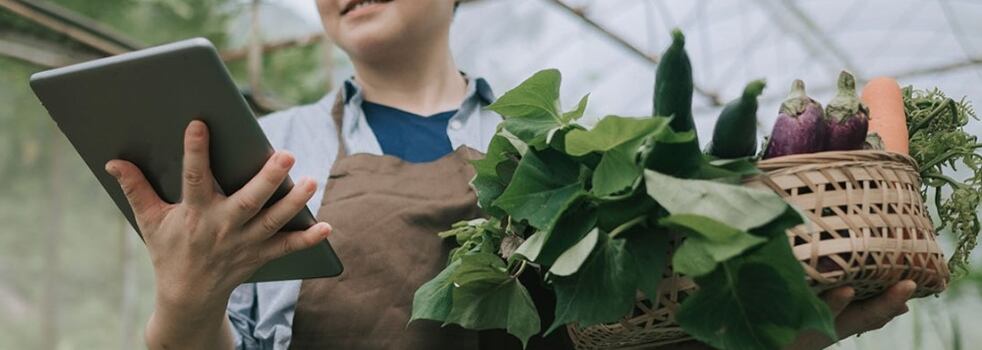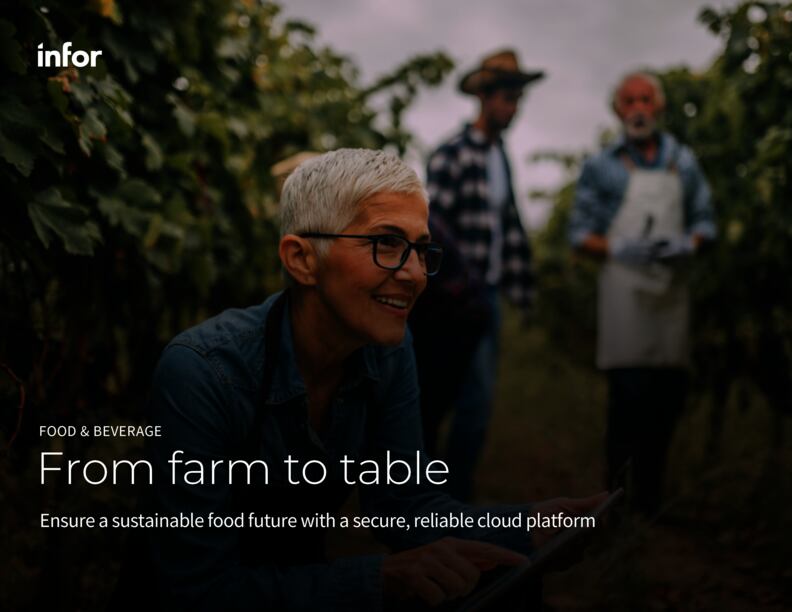Efficiently catering to the needs of modern-day consumer demand for transparency and sustainable manufacturing practices, maintaining food safety, and meeting ever-changing regulations are all major challenges for virtually all food and beverage manufacturers regardless of size. Without a doubt, establishing end-to-end supply chain transparency is a major task that requires extensive collaboration and coordination between all stakeholders. Trying to get there in one giant leap might be biting off more than you can chew. Instead, companies should start by focusing on integrating traceability into internal operations, and then over time look to expand upstream and downstream the supply chain.
Supply chain traceability is a significant first step towards improving our ability to feed the planet. Here's how to get started:
- A smart and modern ERP platform— To start with, determine what, if any, traceability functionality is already present in your enterprise resource planning (ERP). A modern, preconfigured ERP system should come with this functionality built in by people who thoroughly know the food and beverage industry and speak its language fluently. Ease of use is also critical because the very people who would need it the most (internal quality assurance managers) rarely use the ERP system otherwise, and they must be able to search the database quickly. An easy-to-use interface with a graphic representation of trace lines makes it simple for them to quickly find root causes.
- Determine data to track—Traceability is a full system that combines data collection with unique identifiers for tracking, all of this data can be shared and analyzed. Determine how granular the data needs to be. The data can be tracked at a very broad level, such as capturing an individual truck load as a single lot, or at a deeper level, such as recording the day and time that pallets of fresh ingredient shipments arrive. If a manufacturer produces products that are marketed as organic, non-GMO, or free-range, the company might even choose to track ingredients at the farm level.
- Connect the dots in the supply chain form farm to fork—Integrating these capabilities into the supply chain ecosystem requires digitally transforming the supply chain to be able to trace ingredients and products upstream and downstream across a number of suppliers, logistics providers, and partners. Integral to tracking and locating suspect ingredients and isolating problems is a reliance on the internet of things (IoT) technologies to automate the capturing of data from the supply chain and blockchain to pass on information on lot and transaction level from farming, via processing and distribution to retail.
Many food and beverage manufacturers realize that their business processes may be currently unable to support the level of supply chain transparency and traceability required in today’s highly competitive, global market. The key to enabling and leveraging these capabilities, however, is to take advantage of the technologies that automate and simplify processes so you can focus on what matters most, providing the world with sustainable, safe food. To learn more about simplified food industry software solutions, visit our website today.



